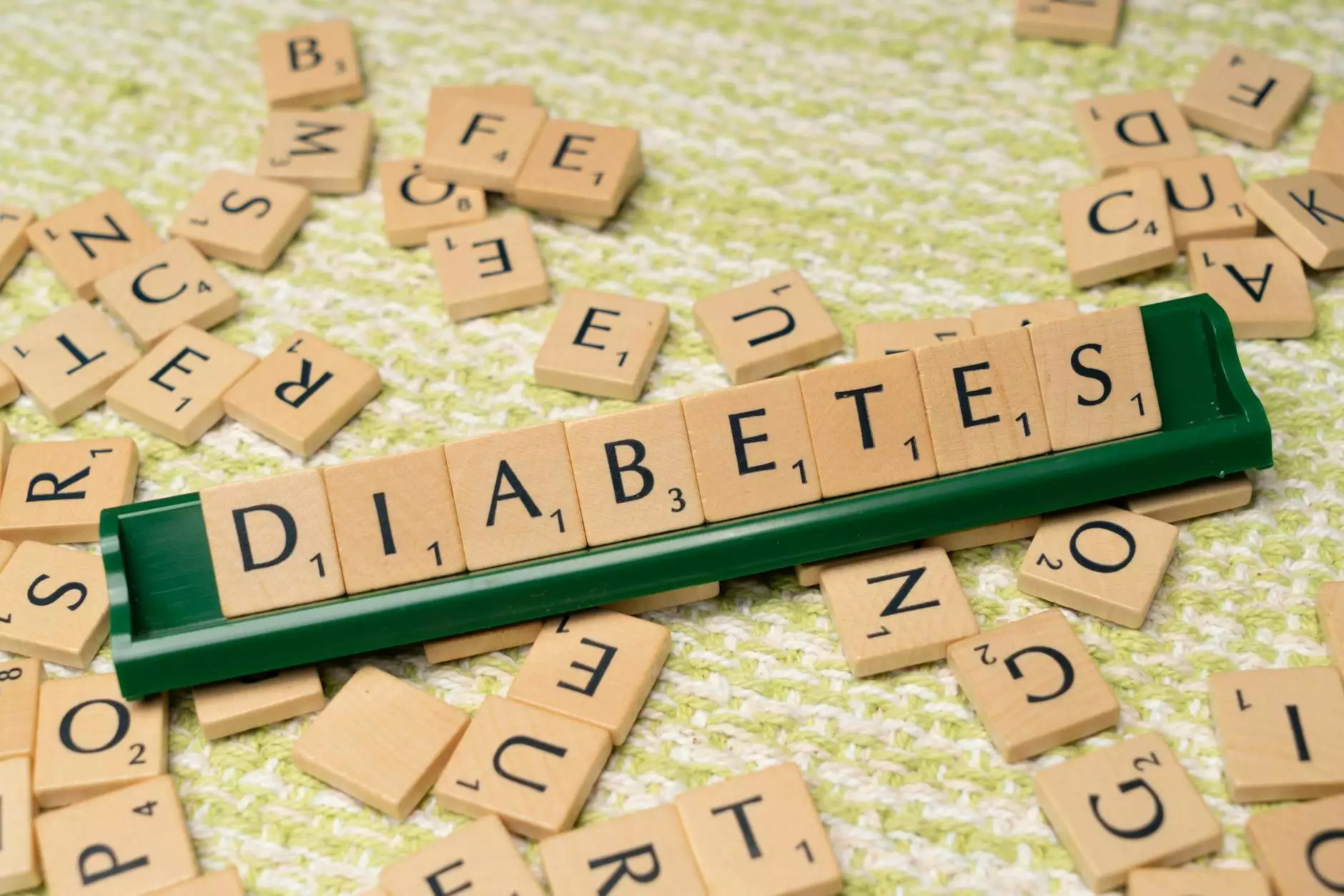Guide to Osteoporosis

Symptoms of Osteoporosis
Osteoporosis is a condition that weakens bones and makes them more prone to fractures. While osteoporosis often goes undetected until a fracture occurs, there are some common symptoms to watch out for:
- Frequent bone fractures, especially in the spine, wrist, or hip.
- Loss of height over time due to vertebral fractures.
- Back pain, caused by collapsed or fractured vertebrae.
- Stooped posture or hunched back.
- Decreased grip strength.
- Weakened nails that easily break or chip.
- Fatigue or general weakness.
Causes and Risk Factors
Osteoporosis can develop due to several factors, including:
- Age: The risk of osteoporosis increases with age, particularly in women after menopause.
- Gender: Women are more prone to osteoporosis than men.
- Family History: Having a family history of osteoporosis puts you at a higher risk.
- Hormonal Changes: Hormonal imbalances, such as low estrogen levels in women or low testosterone levels in men, can contribute to bone loss.
- Poor Nutrition: A diet lacking in calcium and vitamin D can weaken bones over time.
- Lack of Exercise: Physical inactivity and a sedentary lifestyle can negatively impact bone strength.
- Smoking and Alcohol: Long-term smoking and excessive alcohol consumption can weaken bones.
- Medical Conditions: Certain medical conditions, such as celiac disease and rheumatoid arthritis, can increase the risk of osteoporosis.
- Medications: Prolonged use of corticosteroids or other medications can lead to bone loss.
Prevention and Lifestyle Tips
Though osteoporosis can be a serious condition, there are steps you can take to reduce your risk and maintain strong bones:
- Ensure an adequate intake of calcium and vitamin D through diet or supplements.
- Engage in weight-bearing exercises, such as walking or weightlifting, to strengthen bones.
- Avoid smoking and excessive alcohol consumption.
- Maintain a healthy body weight to reduce strain on the bones.
- Be cautious when taking medications known to increase the risk of osteoporosis, and discuss potential alternatives with your healthcare provider.
- Undergo regular bone density screenings to monitor bone health.
Treatment Options
If you've been diagnosed with osteoporosis, there are various treatment options available to manage the condition and prevent further bone loss:
- Medications: Your healthcare provider may prescribe medications such as bisphosphonates or hormone therapy to strengthen bones and reduce the risk of fractures.
- Dietary Supplements: Calcium and vitamin D supplements may be recommended to ensure adequate nutrient intake.
- Physical Therapy: A physical therapist can guide you through exercises designed to improve bone density and balance.
- Lifestyle Modifications: Making adjustments to your daily routine, such as ensuring a safe home environment and using assistive devices, can help prevent falls and fractures.
- Supportive Treatments: In some cases, your healthcare provider may recommend pain management techniques or assistive devices to alleviate symptoms and improve quality of life.
Conclusion
In summary, osteoporosis is a condition that can significantly impact the strength and density of your bones, making fractures more likely. However, by understanding the symptoms, causes, prevention strategies, and available treatment options, you can take proactive steps to manage the condition and maintain bone health.
At Body Fusion, we are dedicated to helping individuals like you understand and navigate osteoporosis. By providing this comprehensive guide, we aim to empower you with the knowledge necessary to make informed decisions about your bone health.
If you have any questions or concerns about osteoporosis or would like to schedule a consultation with one of our experts, please don't hesitate to reach out. Together, we can work towards achieving better bone health and overall well-being.









